Text


"The Lord of Animals", Pashupati Seal, from the city of Mohenjo Daro, Indus Valley Civilisation
vs
Hyrule's Horse God Malanya
#legend of zelda#zelda#breath of the wild#malanya#horse god#indus valley#mohenjo daro#shiva#hyrule#lord of animals#hinduism#archaeology#history of religion#mythology
14 notes
·
View notes
Text
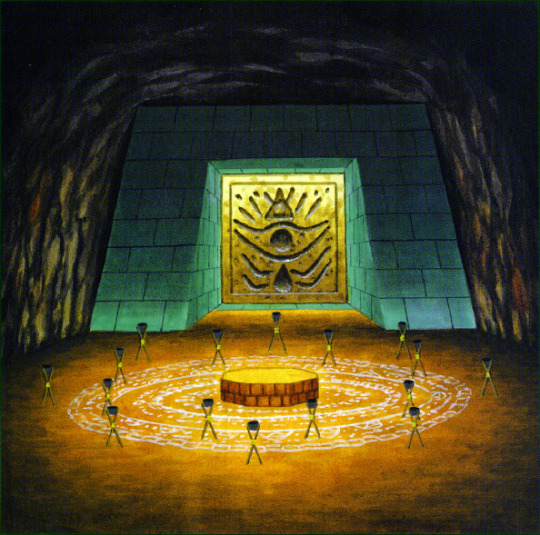
A burning tripod bids you be aware,
The deep of deeps at last awaits you there.
And by that glow shall you behold the Mothers.
Some of them seated, some erect, while others
May chance to roam: Formation, Transformation,
Eternal Mind’s eternal re-creation.
Around them float all forms of entity;
You they see not, for wraiths are all they see.
Pluck up your heart, for peril here is great:
Go to the tripod well resolved, and straight
You touch it with your key. –
Ay, that’s the style!
You it will follow, be your slave the while;
Calmly you rise, and follow Fortune’s track,
Before they know it, you and your prize are back.
And once you have it here, you hold the might
To call heroic spirits from deep night …
(Goethe, Faust)
1 note
·
View note
Text
APOLLO LYKAIOS, the Blue-Eyed Beast

There was a ‘dark’ underground and background to the ‘god of light.’ This claim plainly contradicts the received opinion about Apollo, the Greek god who was pushed farthest of all into the realm of the ‘bright’ and the ‘spiritual.’ It removes him from the unfruitful antinomy of the pair of opposites, ‘Apollonian’ and ‘Dionysian.’ It also confirms the ambivalence which Thomas Mann seems to feel in his urge to identify origins: ‘Who can say where the stories originated, above or below?’ (Christa Wolf)

"And you, Apollo, lord of the Wolf, be a wolf to the enemy force and give them groan for groan!" (Aeschylus)

The epithet Lykaios/Lyceus shows Apollo as protector and master of wolves (λύκοι). For example, the god Apollo Lykaios was invoked to ward off enemies. And as an averter of evil, he protects herds, flocks and the young. We can see some parallels to the divine/protective role of wolves in other cultures, for example in Japan. (Ralph Haeussler)

#legend of zelda#zelda#twilight princess#wolf link#hero's shade#golden wolf#twilight#oot link#apollo#greek gods#greek mythology#lykaios#wolf#christa wolf#cassandra#gods#totemism#wolf gods#thomas mann
7 notes
·
View notes
Text

I would claim that this destruction of a “temporal place” also happens inside the computer which contains, as a being without body and extension, a time “as such” which manages to exist “posthumanly”, that is, independently of all human, real and tragic development of concrete time. This is not human time but posthuman time. In this sense, the computer, as a producer of posthuman synthetic time, achieves the project that photography and even cinema could not even begin. Rodin could still be puzzled in front of photographs because in these “scientific images” he felt time as being “suddenly suspended” (Rodin 1911: 74). The virtual image suspends nothing, simply because it lacks any real time to “suspend”. To say that the virtual image is “outside of time” does not really hit the point. The virtual image rather possesses time itself as it stops it inside a virtual world where past, present and future overlap.
(Thorsten Botz-Bornstein)
0 notes
Text


Paul Klee, Fate of Two Sisters
1 note
·
View note
Text

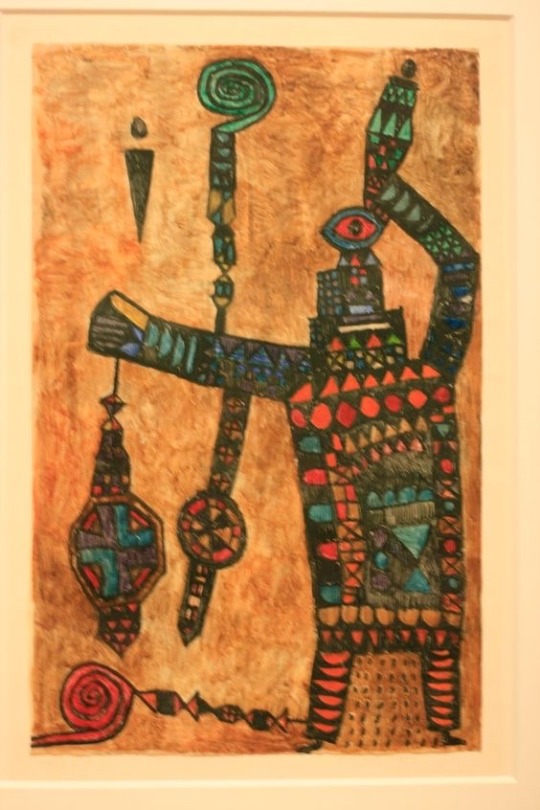
Paul Klee, Ostentatious defence, 1935. With a poem by Paul Klee, written in 1914
#paul klee#klee#art#poem#poetry#warrior#armor#legend of zelda#majoras mask#ikana kingdom#ikana#stalfos#dead can dance
4 notes
·
View notes
Text

The man-nen dokei, or 10,000 year clock, created by Hisashige Tanaka in 1851.
It is engineered to measure "seasonal time" or "uneven time"
#hisashige tanaka#clock#10000 year clock#seasonal time#japanese clock#henri bergson#engineering#clock town#majoras mask#clockwork
2 notes
·
View notes
Text
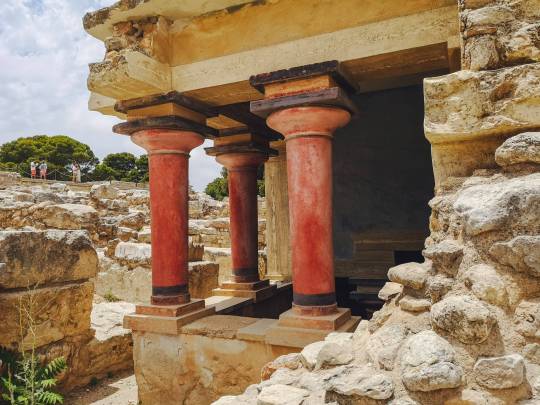


Knossos Palace / throne room



Ikana Castle
#crete#isle of crete#minoan#knossos#throne room#archaeology#palace#labyrinth#legend of zelda#zelda#majoras mask#ikana kingdom#ikana
8 notes
·
View notes
Text
Michel Leiris invents a fictional painting with Dogon mask in Venetian setting (from The Ribbon at Olympia’s Throat)

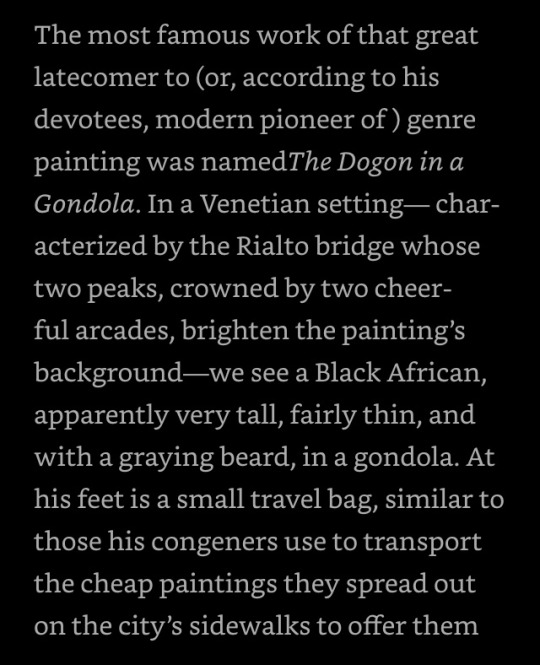
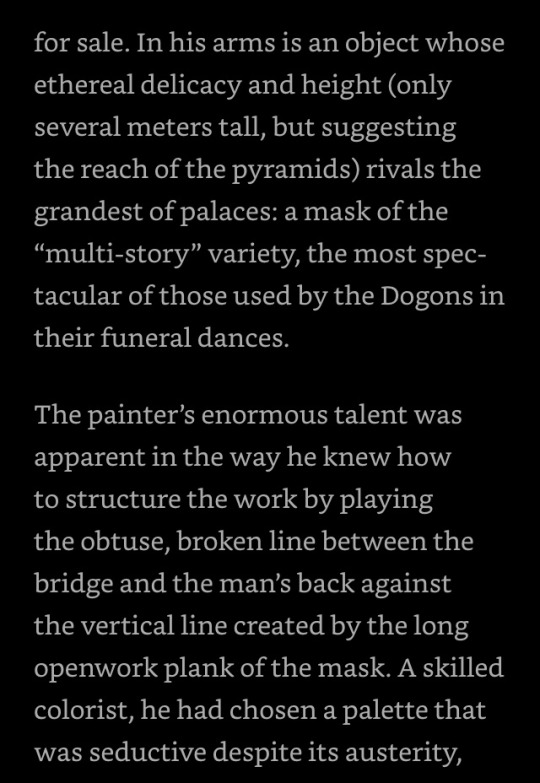
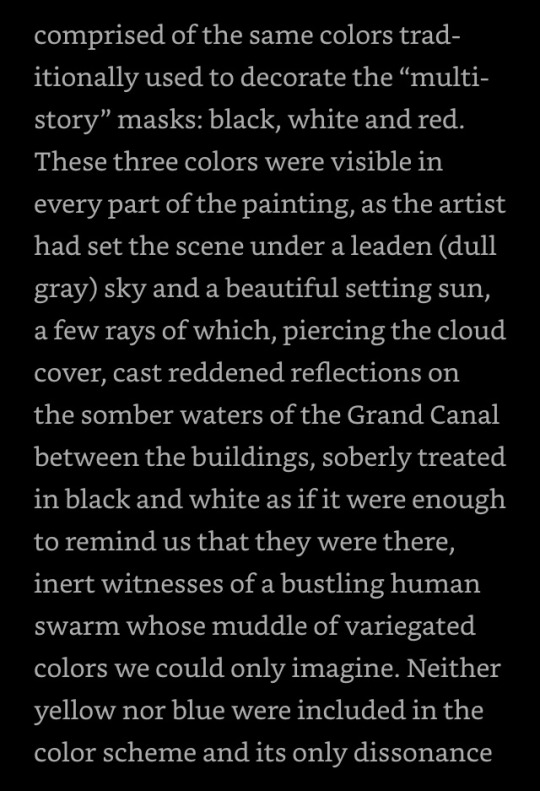


#masks#african masks#michel leiris#ethnography#africa#african#venice#gondolas#painting#edouard manet#manet
0 notes
Text

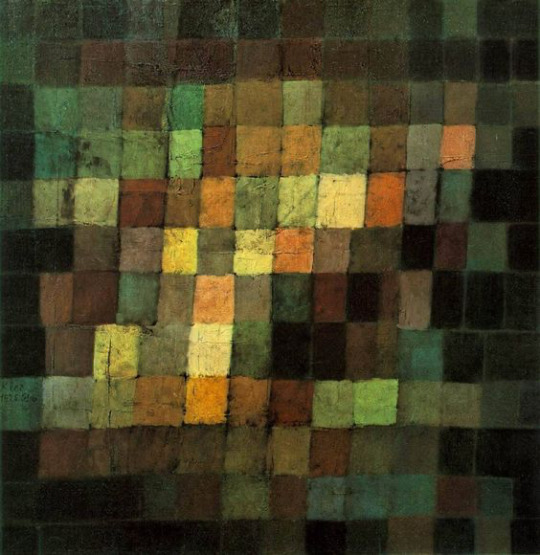
Paul Klee, Ancient Sound (1925)
#legend of zelda#zelda#majoras mask#art#ikana kingdom#ikana#paul klee#abstract#synesthesia#color#ancient#stone tower temple
6 notes
·
View notes
Text


“The Sky is a rarefied Earth, the Earth a denser Sky.”
— Bataille's Critical Dictionary
#legend of zelda#zelda#majoras mask#stone tower temple#ikana kingdom#ikana#sky#earth#georges bataille
2 notes
·
View notes
Text
Joseph Campbell, THE MYSTERY NUMBER OF THE GODDESS

The Indian (Sānkhya) philosophers recognized as arising three “qualities or characteristics” (guṇas), through the interrelation of which all of “nature” (prakṛti) was seen as motivated; namely, “inertia, mass, or heaviness” (tamas); “energy and vitality” (rajas); and the “harmony or clarity” (sattva) of any balanced relationship of the opposed two. In Pythagorean terms, the same three would correspond, respectively, to (1) the “unlimited,” (2) the “limiting,” and (3) the “harmony” or “fitting together” (harmonia) of any “beautiful order of things” (kosmos), whether as a macrocosm (the universe), microcosm (an individual), or mesocosm (ideal society or work of art). And the number representative in that system of such a visible order is 4.
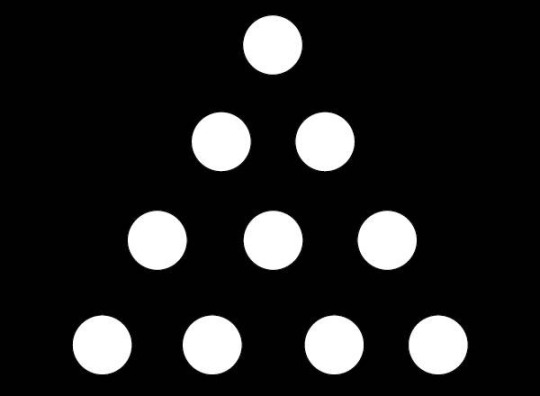
The Pythagorean tetraktys, viewed as an upward-pointing triangle built of 9 points with a tenth, as bindu, in the center, suggests an Indian tantric diagram (yantra) symbolic of the female power in its spiritually alluring role recognized by Goethe in the last two lines of his Faust: “Das Ewig-Weibliche/Zieht uns hinan!”

The trinity here is not of three male divinities with the Virgin then as a feminine fourth but of the classical three Graces with Apollo as a masculine fourth. Both the names and the postures of the Graces tell of the qualities of their influence: (1) Thalia (“Blooming, Abundance”) unites and relates her opposed companions; (2) Euphrosyne (“Mirth, Festivity, Good Cheer”) moves away from the God to the descent, ninefold, of the Muses; while (3) Aglaia (“Splendor, Beauty, Triumph, Adornment”) confronts him, returning to source. Pico and Ficino revered these three as an exemplary triad archetypal of all the others of classical myth. In Pico’s words, “He that understands profoundly and clearly how the unity of Venus is unfolded in the trinity of the Graces, and the unity of Necessity in the trinity of the Fates, and the unity of Saturn in the trinity of Jupiter, Neptune, and Pluto, knows the proper way of proceeding in Orphic theology.” For as Edgar Wind points out in commenting on this passage, “it was an axiom of Platonic theology that every god exerts his power in a traidic rhythm.”
#legend of zelda#zelda#twilight princess#goddesses#group of three#farore#nayru#pythagoras#gunas#neoplatonism#marsilio ficino#muses#nine muses#three graces#greek mythology#greek gods#apollo#joseph campbell#great goddess#hinduism#cosmos#harmony#sattva#goddess hylia#hylia#hylian
2 notes
·
View notes
Text

unused Child Link Mask
30 notes
·
View notes
Text



Max Ernst, They have slept in the forest too long, 1926
#legend of zelda#zelda#majoras mask#ocarina of time#art#surrealism#max ernst#forest#skull kid#painting#lost woods#woodwose#peter pan
16 notes
·
View notes
Text




photos of the Suri Tribe in Ethiopias South West near Tulgit and Kibish, by Jayne McLean
#legend of zelda#zelda#majoras mask#skull kid#africa#ethiopia#floral#fashion#african#african beauty#african tribe#plants#award winning#photography
13 notes
·
View notes
Text


Taro Okamoto underwent a rite of initiation to the secret society of Acephale in 1937, also with a pact of blood, and probably preceded by an "oath of silence” on the balcony of the building where Bataille lived at 76 bis rue de Rennes.
45 notes
·
View notes
Text
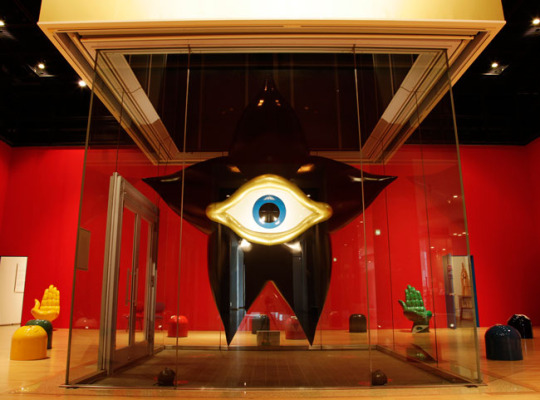

Taro Okamoto, Alien named PAIRA (1956)
A “giant benevolent (!) single-eyed black starfish”, seen in episode 9: Don’t look at the Moon! of the series FlamingoMask.
“Paira aliens were advertised as giant rampaging monsters in publicity stills for their 1958 release, despite no such scene taking place in the movie.”
#legend of zelda#zelda#minish cap#four swords#vaati#monster#alien#starfish#taro okamoto#sculpture#science fiction#japanese art#art#japan#surrealism
14 notes
·
View notes